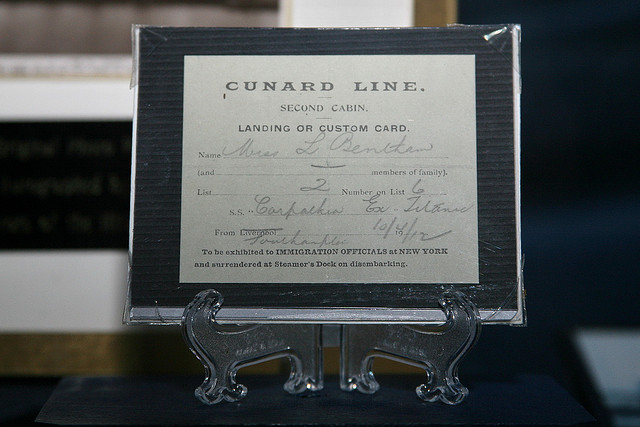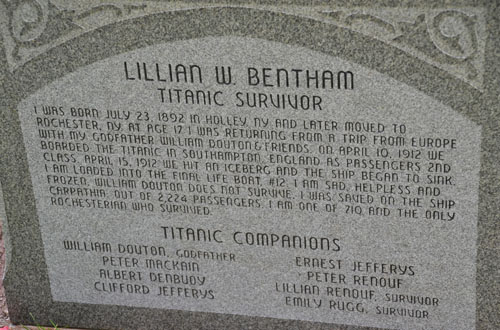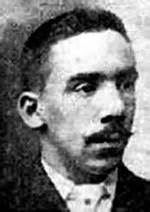The Heroine of Lifeboat 12
/Nineteen-year-old Lillian Bentham of New York had spent a year touring Europe with her godfather, other relatives, and friends. For the return trip to the US, the group boarded Titanic at Southampton. Lillian occupied a second-class cabin with Emily Rugg, age 22, from Guernsey, England. Emily was on her way to live in Wilmington, Delaware, where a relative owned a store. Emily was awakened by the collision and woke Lillian. The women made their way to the upper decks and were put into Lifeboat 12, along with 40 other women and children. When no other women or children were immediately available, a crowd of men from second and third class tried to board. The officers in charge refused to let the men on. As it was being lowered, a man leapt aboard as it passed B Deck. Later, No. 12 picked up passengers from the overturned collapsible boat B.

Lillian Bentham in the 1950s
Lillian gave several interviews in her later years about her experience in the lifeboat. “The greatest horror of the experience was the eight hours we spent floating about until we were picked up by the Carpathia…At first, the sea was smooth as glass but it was literally dotted with human forms swimming, clinging to wreckage, fighting to climb into the lifeboats…I began to realize that I had lost nothing compared to others, who had been compelled to see their relatives and friends go down with the Titanic.”
Toward morning, No. 12 came upon collapsible B, slowly sinking with 20 men aboard. Lillian said, “I helped the seaman pull those 20 men into our boat…We had to pile them in like so many sacks of flour, because they were unable to do anything to help themselves…I took off my coat and gave it to one man. I had two coats and could spare one.”
Seven of the men they pulled aboard died of exposure. The man who received Lillian’s coat was Cecil Fitzpatrick, an Irish crewman from the Titanic. In gratitude, he later gave Lillian the whistle he’d blown all night in the hope of calling another boat to help.
Lillian described the moment when, at last, she spotted the Carpathia. “Far off in the distance, we saw smoke, thin and indistinct at first, but gradually coming nearer…To me, and I guess to all of the others in that boat, that was the most wonderful ship in the world.”

Lillian's Custom Card given to her aboard the Carpathia
None of the men in Lillian’s traveling party survived, including her godfather. His widow met Lillian in New York City and helped her get to her parents’ home in Rochester, New York. She lived with them until she married, five years later. The couple remained in Rochester and did not have children. Lillian died in 1977 at age 85.

Lillian's headstone bears her Titanic story and the names of her traveling companions.


